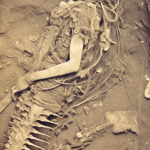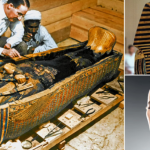Tiahuanaco: Bolivia’s Ancient Civilization’s Heart
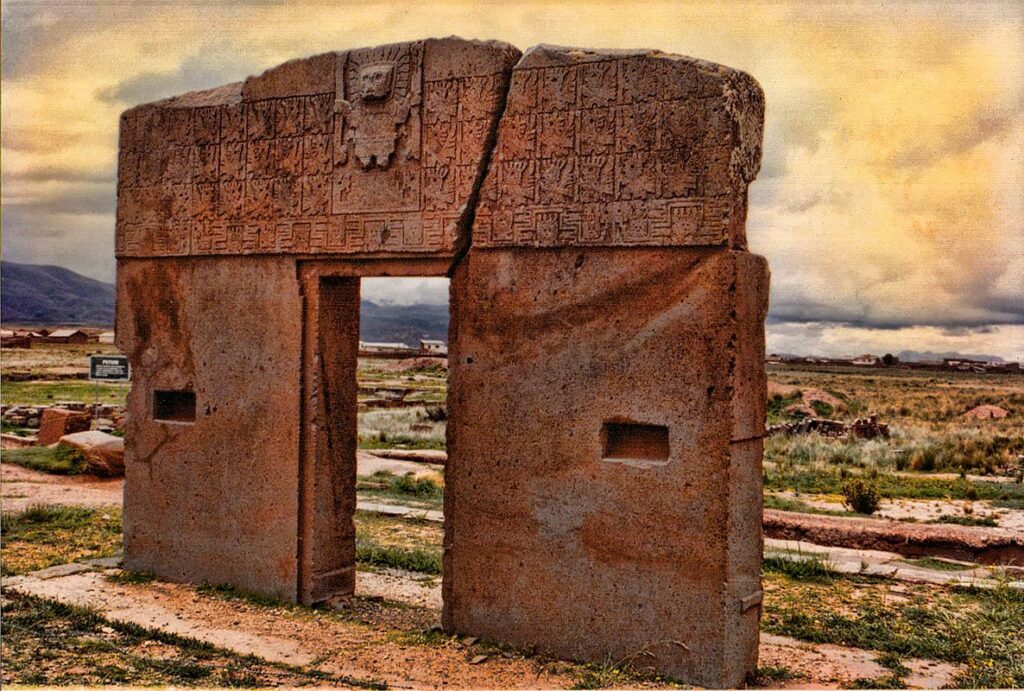
Nestled amidst the rugged landscapes of Bolivia lies the enigmatic archaeological site of Tiahuanaco, a testament to the enduring legacy of a once-mighty civilization. Tiahuanaco served as the epicenter of a pre-Inca culture that flourished from approximately 1580 BC to 1000 AD, leaving behind a rich tapestry of history, culture, and architectural marvels that continue to captivate the imagination of scholars and adventurers alike.

The origins of the Tiahuanaco civilization remain shrouded in mystery, with archaeological evidence suggesting a complex and multifaceted society that thrived in the highlands of the Andes. At its zenith, Tiahuanaco emerged as a powerful political and cultural force, exerting influence over vast swathes of the Andean region and beyond.
Central to the prosperity of the Tiahuanaco civilization was its sophisticated agricultural practices and mastery of animal husbandry. The fertile lands surrounding Lake Titicaca provided an abundant source of sustenance, enabling the Tiahuanaco people to cultivate a diverse array of crops, including maize, quinoa, and potatoes. Additionally, the domestication of llamas and alpacas played a crucial role in the economy, serving as pack animals and a source of wool, meat, and transportation.
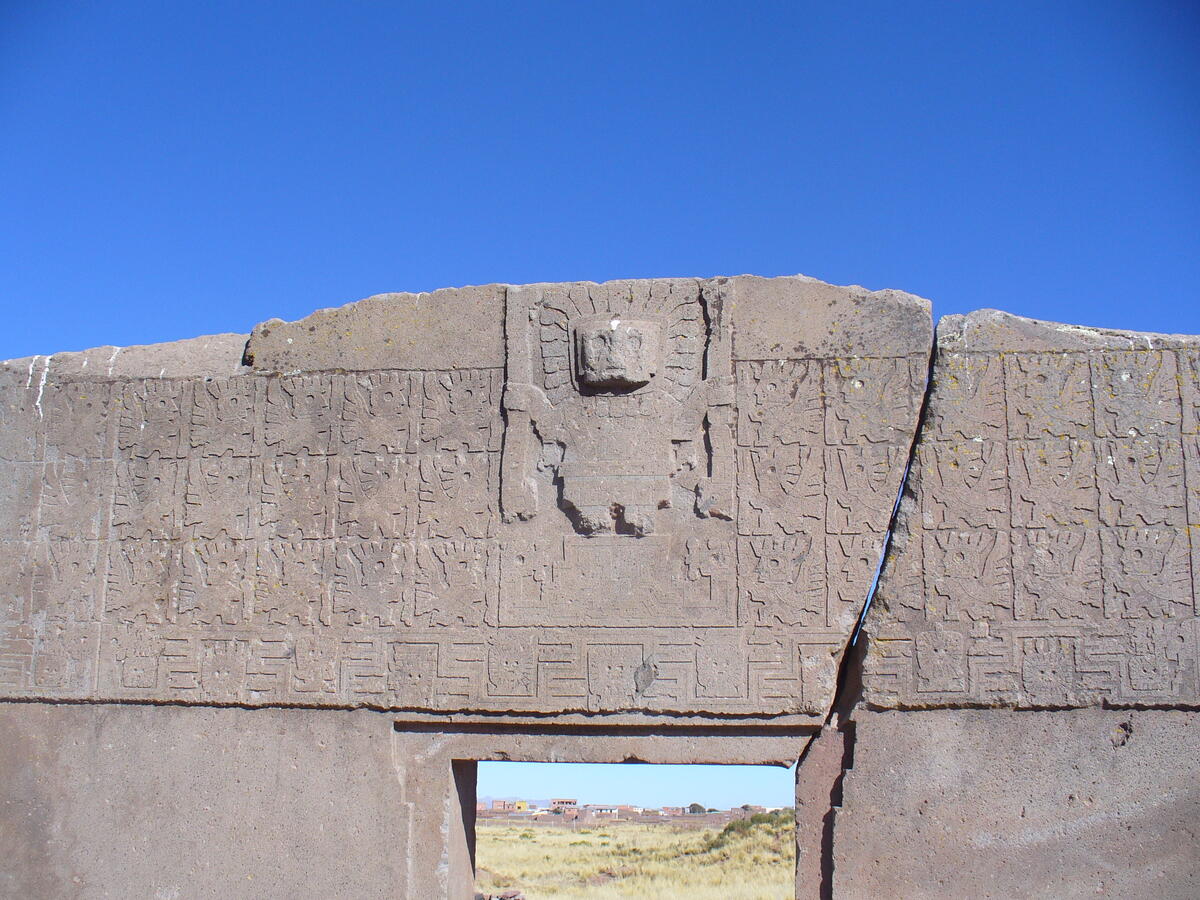
The architectural marvels of Tiahuanaco bear witness to the ingenuity and craftsmanship of its inhabitants. The monumental stone structures, including the iconic Gateway of the Sun and the imposing Akapana Pyramid, stand as enduring testaments to the advanced engineering prowess of the Tiahuanaco people. These imposing edifices, characterized by intricate carvings and precise stonework, serve as tangible reminders of a bygone era of architectural innovation and artistic expression.
Beyond its architectural achievements, Tiahuanaco was also a center of cultural and religious significance. The intricate iconography adorning the walls of its temples and ceremonial sites offers tantalizing glimpses into the spiritual beliefs and cosmological worldview of the Tiahuanaco civilization. Themes of fertility, nature worship, and celestial reverence permeate the artwork, reflecting a deep connection to the natural world and a reverence for the forces that governed it.
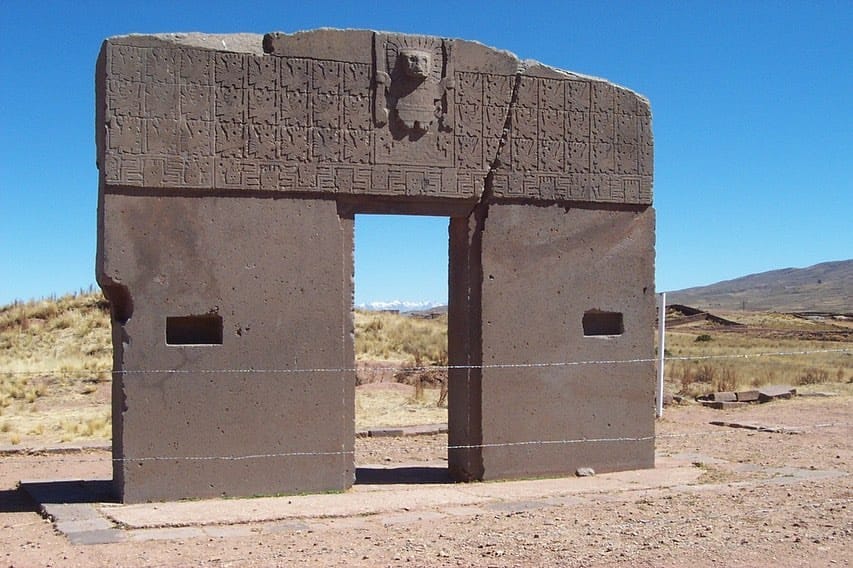
Yet, despite its undeniable splendor and influence, the Tiahuanaco civilization eventually succumbed to the passage of time and the shifting tides of history. The reasons for its decline remain the subject of scholarly debate, with theories ranging from environmental degradation to internal strife and external invasions. Regardless of the cause, the legacy of Tiahuanaco endures, preserved within the weathered stones and silent ruins that dot the landscape of modern-day Bolivia.
Today, Tiahuanaco stands as a poignant reminder of the ebb and flow of human civilization, a testament to the resilience and adaptability of the human spirit in the face of adversity. As archaeologists continue to unearth new discoveries and unravel the mysteries of this ancient civilization, the story of Tiahuanaco serves as a beacon of inspiration and enlightenment, inviting us to explore the depths of our shared human history and heritage.


